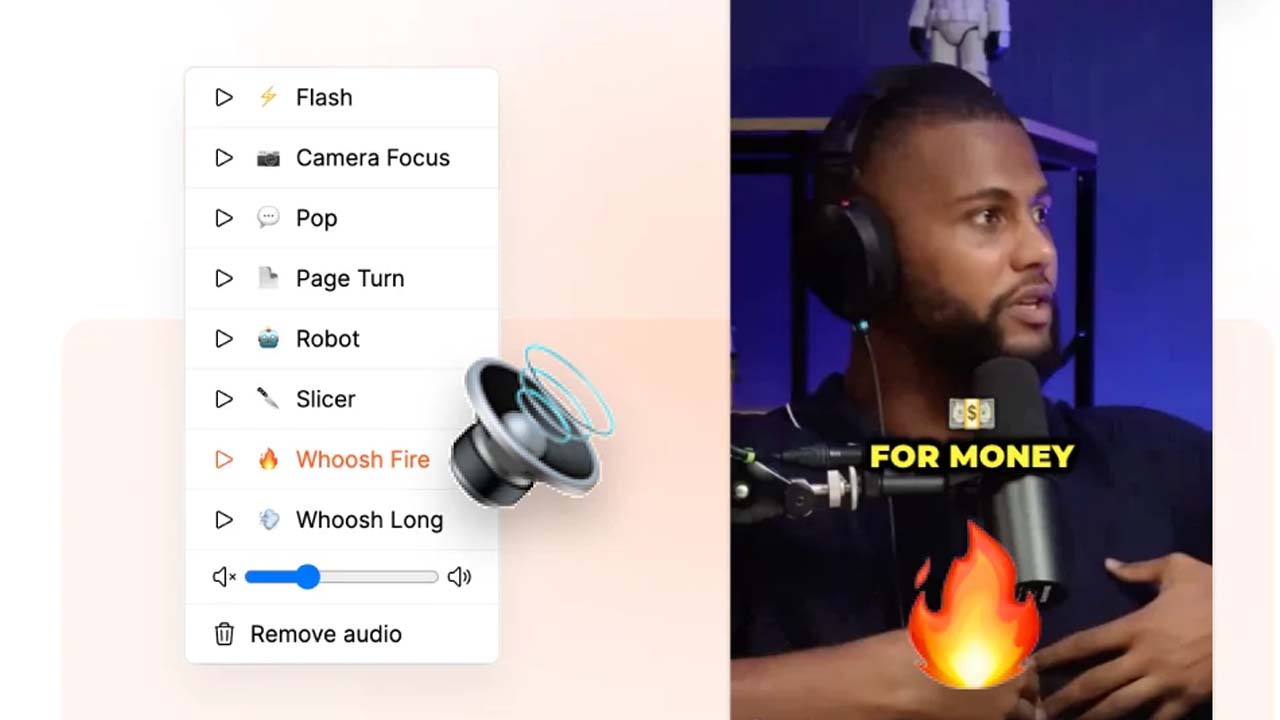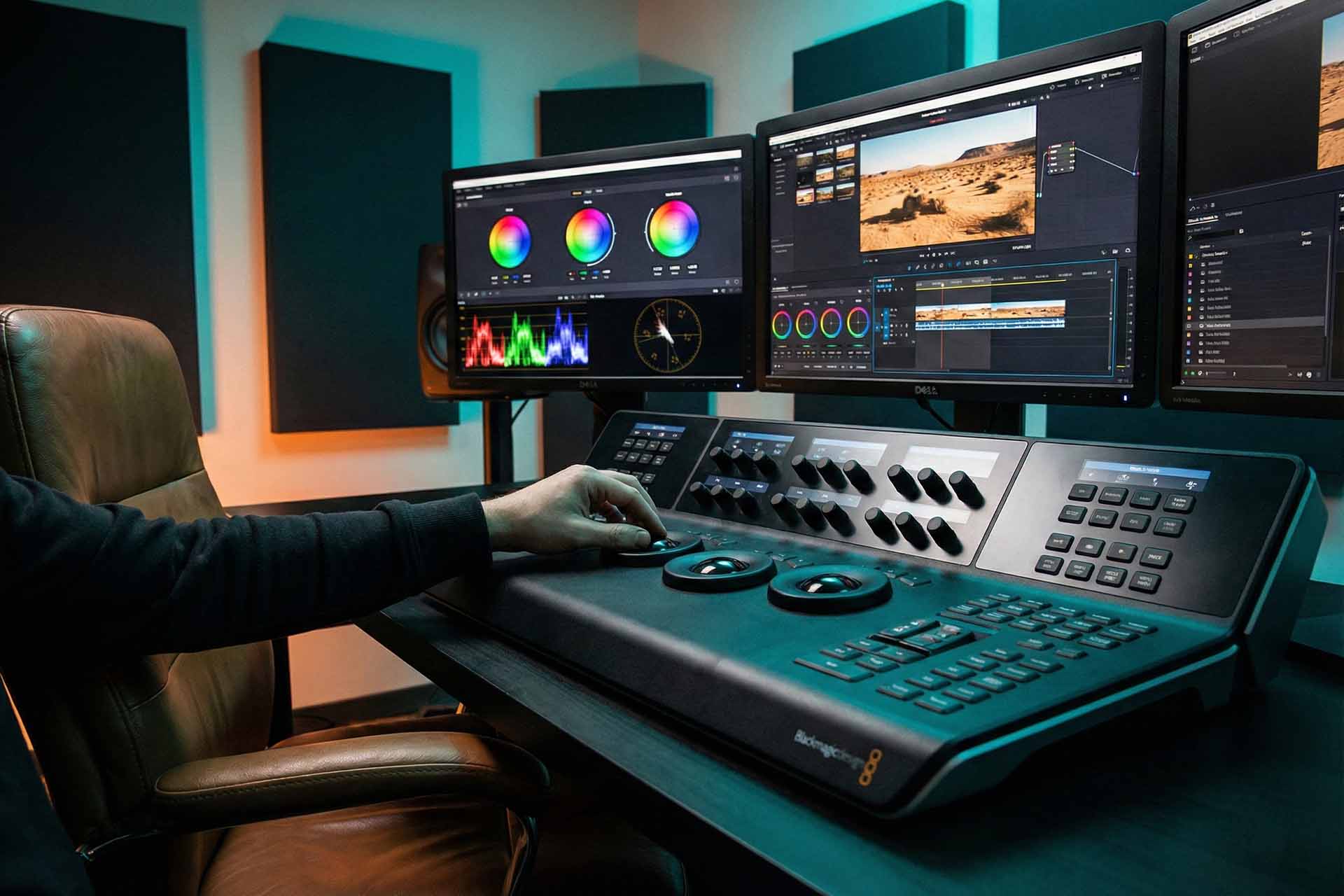
Enhancing Video Content with Sound Effects: Techniques and Insights
Adding sound effects is a process that breathes life into your video content. Sound effects are widely used in music production, video content creation, and the gaming industry. They provide an appropriate auditory environment that sets the right mood, immerses viewers in the atmosphere of the video or film, and enhances its emotional richness. You can create sound effects yourself by recording audio and generating sounds using synthesizers and sampling in specialized applications.
Types of Sound Effects
Sound effects can be categorized into several types:
1. Layering:
Combining one sound with another, such as birds chirping, fire crackling, or ocean waves roaring, creates a new and engaging sound that mimics nature. It is essential for this layering to harmonize, forming an integrated soundscape that strongly represents the visual scene. Experimental approaches are highly effective in creating sound effects, as combining unusual sounds can yield remarkable results. Listening to various sounds can also train the ear and enhance the overall perception of the audio mix.
2. Adding Noise:
Music often incorporates different types of noise, such as white, pink, and brown noise, to enhance sound quality. White noise is evenly distributed across the frequency spectrum, while pink noise emphasizes certain frequencies. Artists commonly use noise to create diverse sound effects, adding texture to audio, layering synthesis elements, filling spaces in the mix, and enlivening percussion and other elements.
3. Pitch Shifting:
Audio editing software includes tools for adjusting pitch, allowing creators to change the tone to fill gaps in the required frequency spectrum. Automating frequency level changes can achieve intriguing effects. While creating sound effects, frequency conflicts often arise, making the sounds seem to overlap. These issues can be resolved by frequency processing, muting specific ranges while amplifying others.
4. Sound Stretching:
Pitch changes with stretching and compressing sound. This effect is similar to pitch shifting but makes the stretched sound less distinct. Stretching is typically used to slow down audio, creating distortion effects. This technique adds extra atmospheric quality to the mix.
5. Distortion:
Sound distortion is achieved by amplifying harmonics across the spectrum, producing an aggressive tone often used in rock guitar tracks. Though commonly found in EDM, where distortion is more defined. It can also create sound effects that add texture and clarity to audio.
6. Delay:
Delay is an audio effect that mimics echoes with adjustable repetition rates and time intervals, adding vibrancy to the sound. A fascinating variation of this effect is the “Haas Effect,” where identical sounds are panned in opposite directions and one is delayed, creating a lively and spacious auditory experience.
7. Reverb:
Reverb is the reflection of sound off room surfaces, effectively creating a sense of space. This effect breathes life into sound by using appropriate plugin settings. Adjusting the height, width, and length of the virtual “room” can achieve effects ranging from small spaces to grand halls. Long-tail delays can also serve as an alternative to reverb, reviving sound in a similar way.
Our Expertise at Loop Media
At Loop Media, we have a team of skilled professionals specializing in adding sound effects to videos and producing high-quality video content.
Contact Us
📞 (+966) 53 692 8397
📧 Support@loop-media.co
🌐 Visit our Contact Us page for more information.
 العربية
العربية



